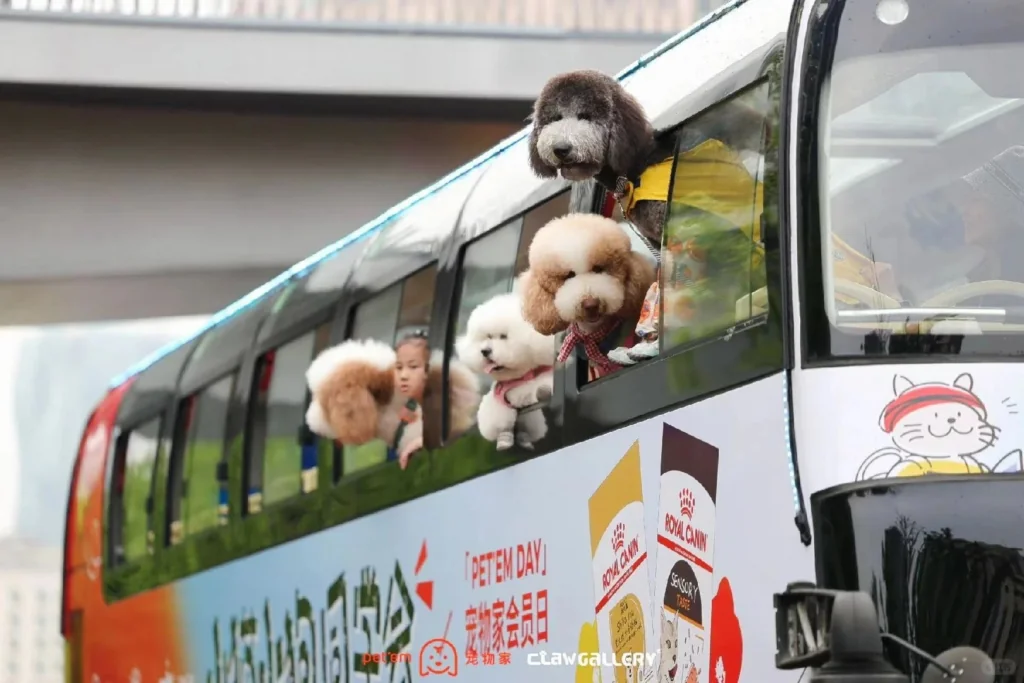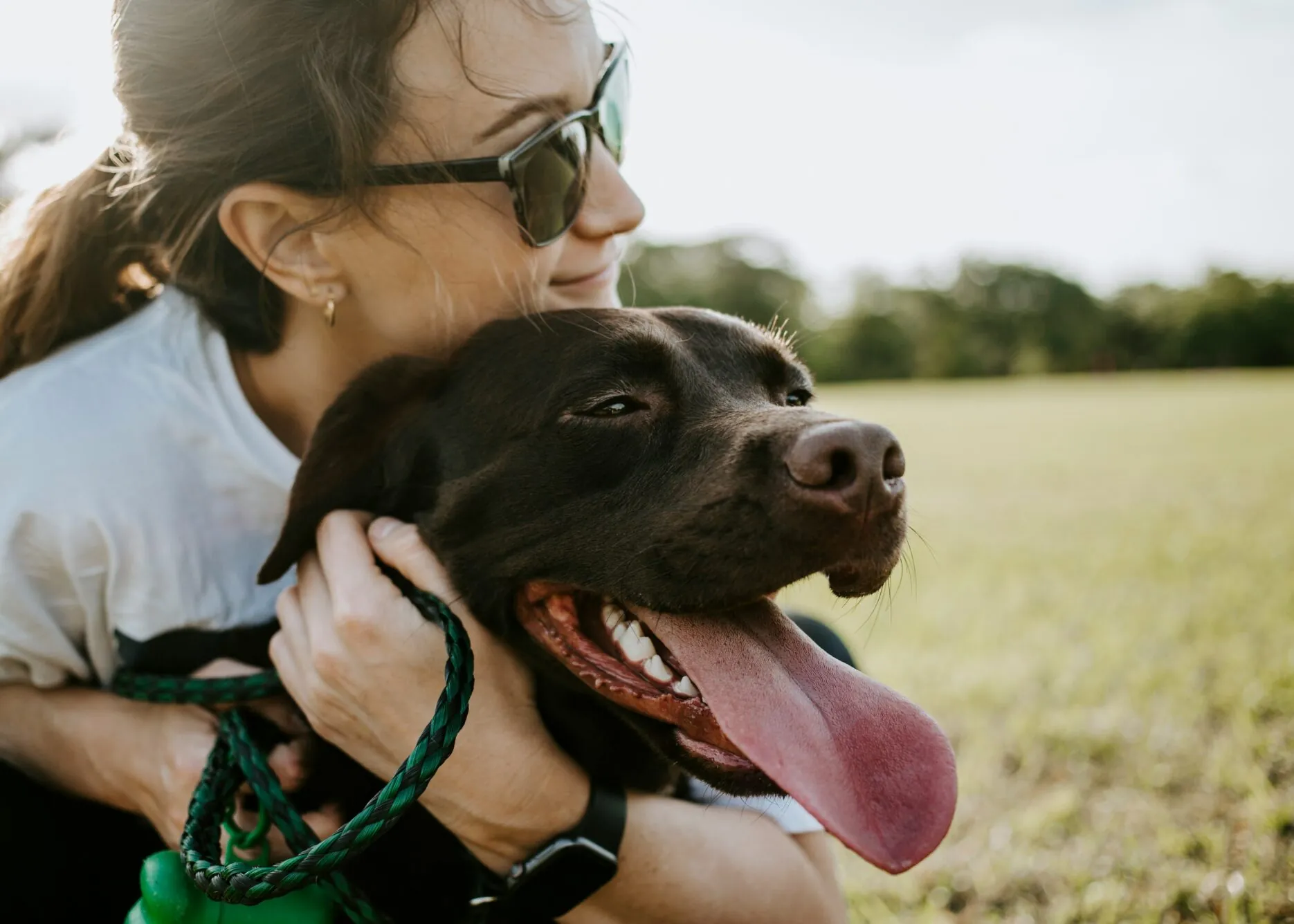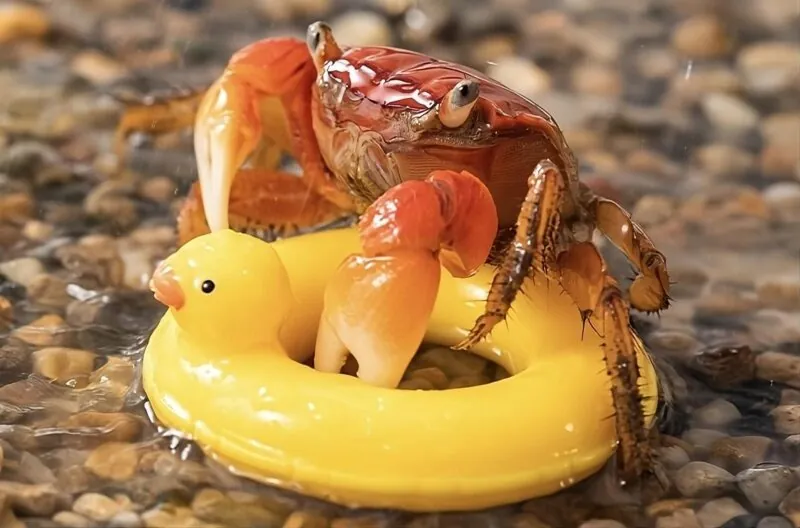Key takeaways:
- Merchants capitalise on young people’s perception of pets as family members by celebrating Children’s Day for pets.
- Brands that are pet-friendly are more likely to be accepted by younger customers.
- Branding campaigns that utilise the images of pets can resonate with the audience’s emotion.
Over the past few years, we have witnessed the explosion of the pet economy. According to the 2023-2024 China Pet Industry White Paper, the urban pet (dogs and cats) consumption market size was 279.3 billion RMB (approx. 38.49 billion USD) in 2023, an increase of 3.2% from 2022.
Businesses looking at the pet consumer market are mainly from food, toiletries, medicine and social sectors. Not only that,each market is also being divided, such as the transition of pet food from “puffed food” to “freeze-dried food”. Pet consumption has been tapped and segmented, basically equivalent to half of the parent-child consumer demand.
Pet consumption has been tapped and segmented, comparable to half of the parent-child consumer demand
Pets equal to kids
For Children’s Day, Seesaw Coffee came up with a heartwarming initiative: fur kids (a nickname for pets with hair) can be kids too, and teamed up with Canon EOS to run a campaign in its Nanjing shop to encourage customers to bring their pets to visit. Pet lovers can join the celebration through Seesaw’s official account, where they can eat, drink and have fun together, and have their pets photographed exclusively in a cosy and adorable setting.
In addition to fur children, people call pets ‘babies’ and older pets ‘old babies’. On the day after Children’s Day, Taobao launched the “Guardian Old Babies Programme” in conjunction with Midas Pet Nutrition and Royal Canin, advocating that people pay attention to the health of older pets and give them more care.
Taobao also held an interesting pet behavioural art exhibition in Shanghai, created by the fur kids themselves: tissues torn more than hearts, sofas scratched to the bone, trainers bitten into flip-flops, headphones chewed in half and so on. But in the end, there were fewer and fewer pieces of art, until finally only a white wall remained. The changes in the art reflect the growth of the pets. Initially, pets were experts at breaking things, but as they got older, their mobility declined, and their work became less frequent. In this way, the exhibition hopes to draw the audience’s attention to senior pets.
Merchants leverage young people’s view of pets as family by celebrating Pet Children’s Day or adopting pet-friendly initiatives
Pet-friendly as a trend
In big cities, pets are becoming the centre of young people’s lives, and pet-friendly businesses are more likely to be supported by young customers. On Children’s Day, Royal Canin, in conjunction with Pet’em, invited pets in the Shanghai area to participate in the “Kitten and Puppy Reunion”. The event includes a double-decker doggy spring tour bus, where pets will have the opportunity to travel around Shanghai on a double-decker bus to more than 10 pet-friendly shops, enjoying an exclusive City Tour experience.

Hotel brand Atour set up a “Pet Friendly Office” in Shanghai, where people can bring their fur kids to visit offline. People can get a customised limited ID Card for their pets by checking in with Atour’s pet-themed wall paintings and benches, or by taking photos of the themed decorations of 14 pet-friendly shops across the country and sharing them on Xiaohongshu (RED).
In August last year, Tmall joined forces with AutoNavi to launch the country’s first pet-friendly map, covering 12 cities across the country and more than 50 pet-friendly shopping malls, hotels, restaurants, cafes and more. Pet lovers will not be constrained to travel to the locations specified on the map. Pizza Hut is also opening pet-friendly themed restaurants in more and more cities, and setting up pet-friendly facilities such as tethered pet signs and pet-friendly seats outside its shops so that consumers can bring their furry family members to the restaurants.
May you be happy like dogs
It is often said that a dog’s smile can cure all troubles. Focusing on the secret of puppy happiness, tea brand CoCo planned a campaign with the theme of “Double the Happiness with a Puppy” to bring simple and pure happiness to adults. The brand not only launched the “Happy Puppy” series of drinks but also gave away themed stickers and customised puppy mirrors with the cups.
Pets offer valuable marketing opportunities for brands
Furthermore, CoCo is also supporting Douyin’s (China’s TikTok) “Children’s Wish Comes True” project, which aims to build football pitches for rural schools. Consumers who place an order and successfully write off the “Happy Puppy” single product or package in the Douyin Life service will see CoCo donate 1 RMB for each order to the “Youth Football Programme” to help more children play football and fulfil their dreams on the pitch.
In addition to happy puppies, Japan has a famous “cat economics” theory: no matter how difficult the economy is and no matter what kind of field is involved, the public’s enthusiasm for cats and other related products remain high. As long as cats are utilised, you will be able to make a profit, meaning cats equal the economy.
Recently, Taobao also started to look for a “spokescat” across the entire network. Users can enter the competition through Taobao’s search for “Cat King Competition”, take photos of their own cat and upload them to participate. After several rounds of fierce competition, the final winner of the “spokescat” will join Alibaba to become the first cat employee and get a 1.02 million RMB (approx. 0.14 million USD) cash prize.









